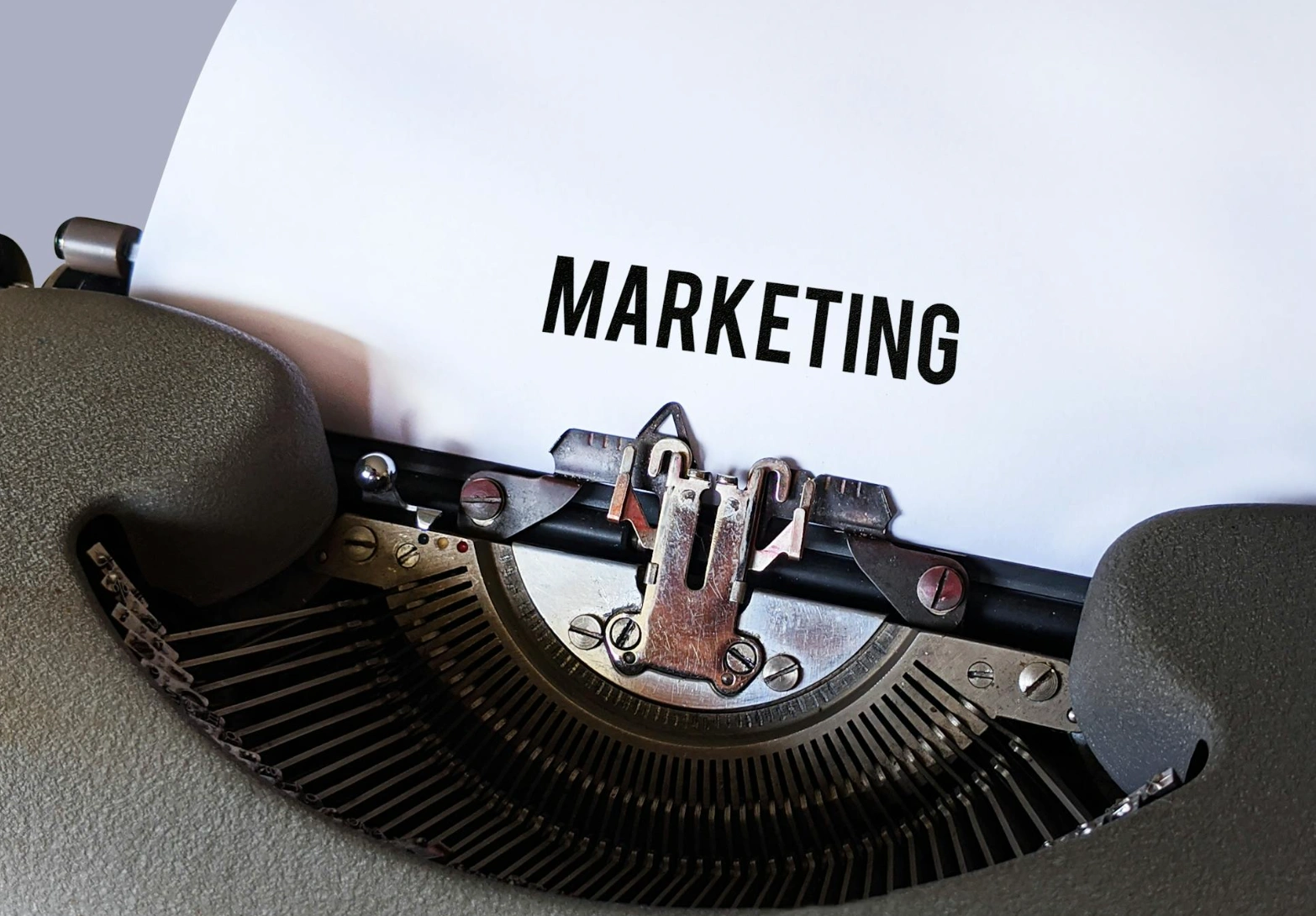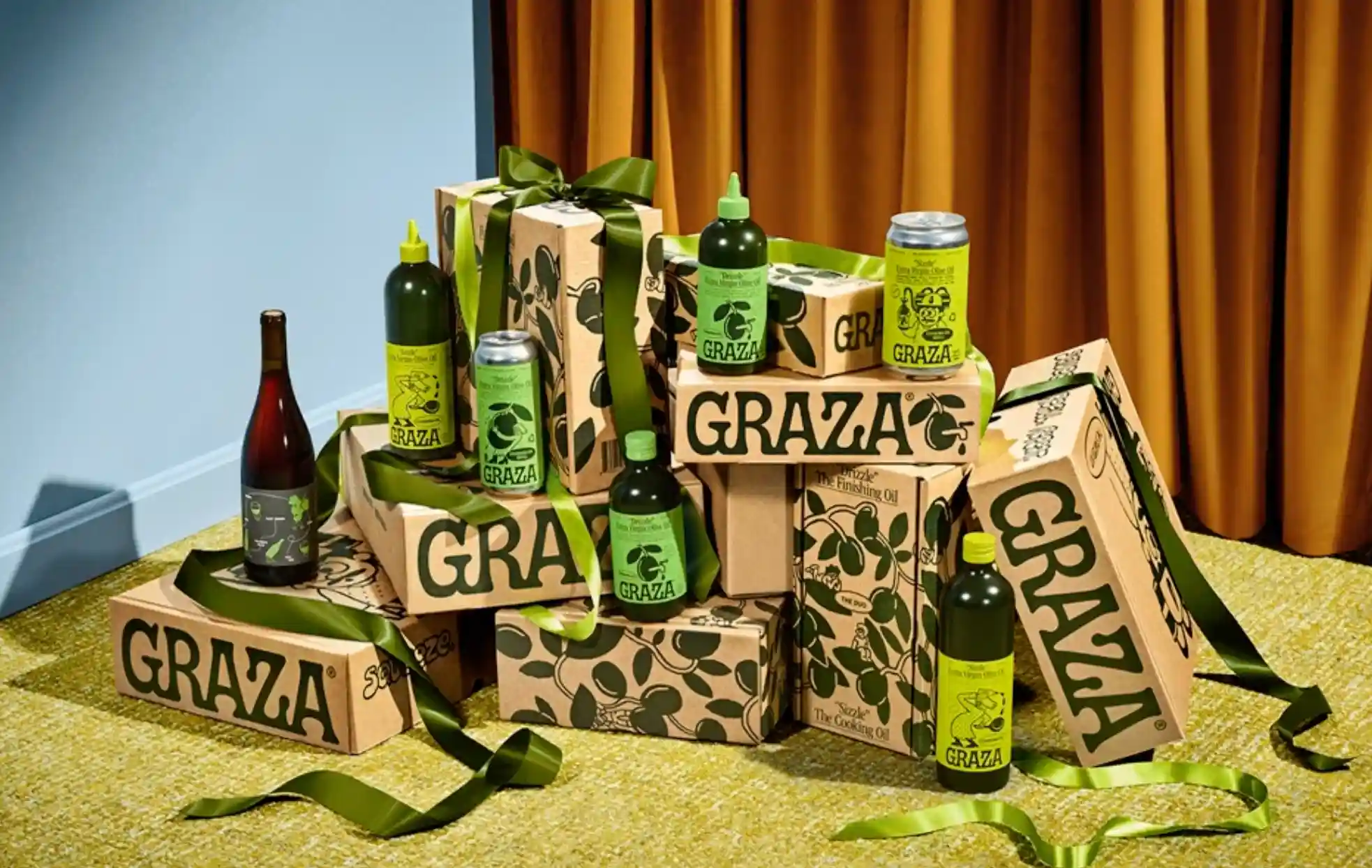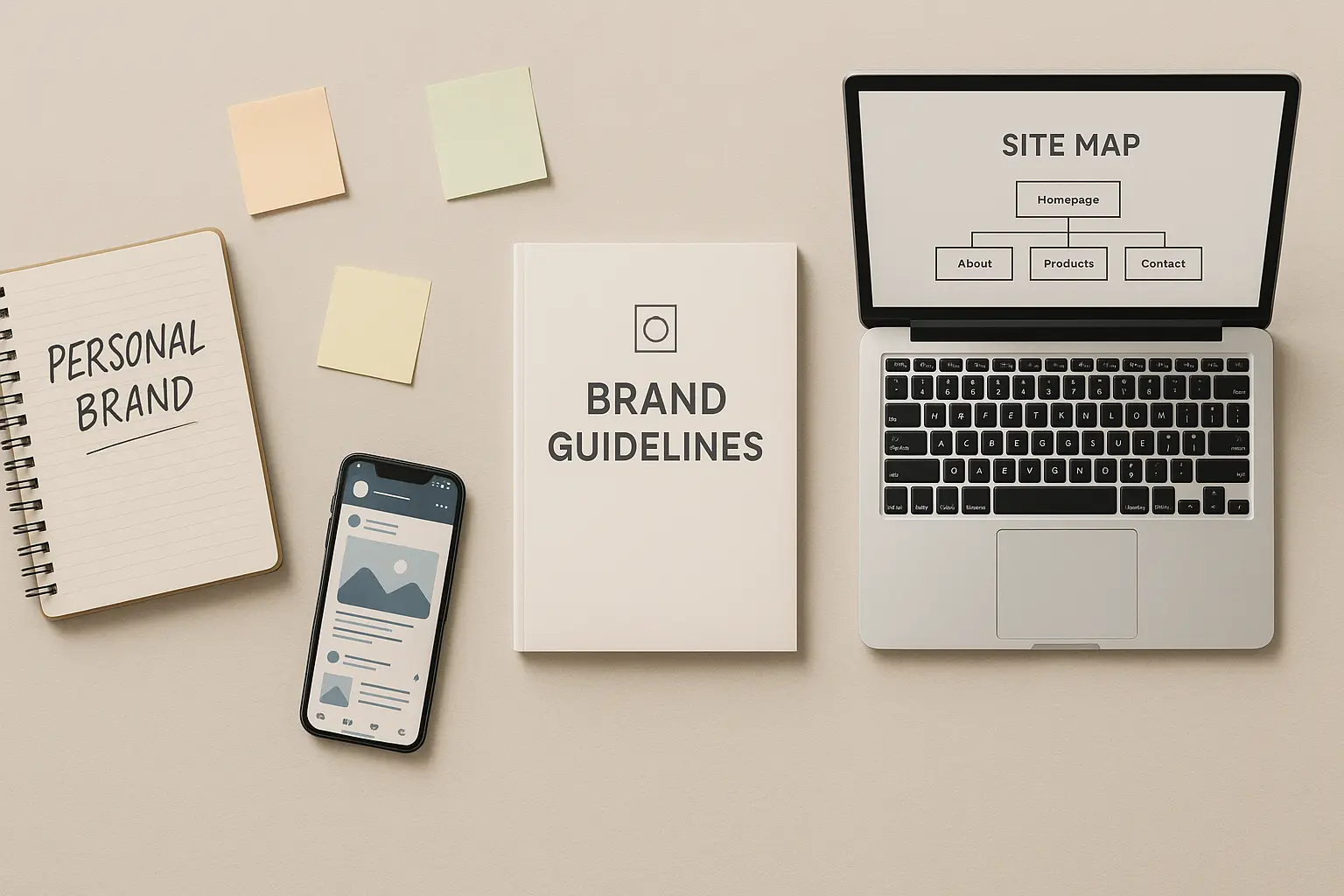PR Campaigns Vs. Marketing Campaigns: When Each is Needed
Updated on
Published on

At a glance, PR and marketing both communicate—but they communicate for different outcomes. Marketing campaigns exist to generate demand and revenue in defined windows; PR campaigns exist to shape reputation, trust, and narrative so demand can happen at all. Authoritative definitions make the split clear: PR is a strategic communication process that builds mutually beneficial relationships and a planned, sustained effort focused on reputation and mutual understanding. Put simply: marketing moves product; PR moves perception—and the best programs let those two motions reinforce each other.
At a glance
- Core difference: Marketing optimizes for conversion now; PR optimizes for credibility and context that compounds over time (PRSA, CIPR).
- Time horizon: Marketing = weeks/quarters; PR = quarters/years, spiking around news moments (AMEC’s planning model reflects this reality) (AMEC Framework).
- When to use PR: New category or rebrand; sensitive issues; leadership moments; crisis; public affairs; situations where trust is the primary bottleneck (Edelman Trust Barometer 2024).
1) Definitions that actually guide decisions
If your team can’t agree on what PR and marketing are, your campaigns will collide. PR centers on reputation and relationships—“mutually beneficial relationships” and “goodwill and mutual understanding” are the operative phrases here (PRSA, CIPR). Marketing centers on generating reach → relevance → response, with budgets tied to near-term commercial goals (Gartner’s budget benchmark gives the reality check) (WSJ on Gartner 2024). When you feel pressure to pick one, ask: “Do we need transactions or trust first?”
- Use PR definitions to write your communications “north star.”
- Use marketing’s funnel to size the gap between attention and action.

2) Objectives and time (why they rarely overlap)
Marketing campaigns set conversion targets and optimize weekly; PR campaigns set reputation outcomes and ladder month-to-month. AMEC’s Integrated Evaluation Framework literally plots objectives → inputs → outputs → outtakes → outcomes, aligning longer-horizon PR effects with business goals (AMEC Framework). Meanwhile, effectiveness research shows brand building (PR-adjacent narrative, mental availability) should balance with activation rather than compete: the famous 60:40 split between long-term brand and short-term activation remains the guidepost (IPA/WARC “60:40”).
- Marketing = short/mid-term demand capture; PR = mid/long-term demand creation.
- Plan both on one calendar so stories prime the pumps for spend.
3) Channels and tactics (owned/earned vs paid/owned)
PR works through earned (press, interviews, analysts, community) and owned (newsroom, reports, speeches) with selective paid amplification; marketing relies on paid/owned (ads, email/CRM, landing pages, retail media). Journalists’ expectations matter: Cision’s State of the Media 2025 tracks what reporters actually want and what gets pitches blocked—use it to build realistic outreach cadences (Cision 2025 State of the Media). Trust dynamics justify the mix: people trust earned/peer sources more than paid ads (Nielsen; Edelman).
- PR = credibility engines; Marketing = distribution engines.
- Use earned trust inside paid creative as proof (logos, quotes).

4) KPIs that don’t fight each other
Marketing KPIs: CAC/CPA, ROAS, funnel CVR, LTV. PR KPIs: tier-1 placements, share of voice, sentiment, message pull-through, analyst coverage, backlink quality—and business-adjacent lifts like branded search. AMEC’s framework helps translate PR outputs (coverage) into outcomes (trust, consideration) and business impact (AMEC Framework). If you only track last-click revenue, you’ll underfund PR; if you only track clippings, you’ll underfund marketing.
- Report bridge metrics: branded search, direct traffic from coverage, assisted conversions.
- Use a shared dashboard so comms and growth see the same movie.
5) Budget reality in 2025 (and what it means for PR vs marketing)
Budgets are tight: Gartner found 2024 marketing budgets fell to 7.7% of revenue, the lowest post-pandemic reading, forcing teams to “do more with less” (WSJ on Gartner 2024). Category norms still vary—consumer brands often spend more, services less (HubSpot’s 2025 budgeting roundup). The implication: plan fewer, bigger, better PR moments and tightly targeted marketing flights, not sprawling calendars with thin investment.
- Bundle PR + marketing around fewer tentpoles to concentrate impact.
- Fund measurement (clips and conversions), not just media or press.
6) When is a PR campaign used?
Run PR when your obstacle is narrative or legitimacy, not reach: new category, rebrand, leadership change, M&A, sensitive policy issues, or crisis. In a low-trust environment—Edelman notes continued polarization and skepticism—PR’s role is to supply credible third-party validation and clarity when ads alone won’t persuade (Edelman 2024, Axios on 2025 Trust). Then use marketing to harvest the attention PR creates.
- Sequencing rule: PR first for “why,” marketing second for “how to act.”
- In crisis, PR leads with facts, frequency, and empathy; marketing yields.
7) When is a marketing campaign used?
Use marketing when the blocker is distribution or conversion: seasonal promos, product launches with clear offers, pipeline targets, adoption/retention pushes, or market tests. If the category is known and trust is sufficient, ads plus CRM will move numbers faster than PR. If response lags, diagnose whether the real issue is story (PR) or offer (marketing).
- Marketing owns the CTA; PR owns the context.
- If ads underperform and sentiment is negative, shift budget to PR.

8) Media relations that actually earn the story
Pitching has rules of engagement: journalists value relevance, brevity, and proof, and they will block spammers (Cision). Build embargoed briefings for major announcements, provide data and spokespeople, and host an up-to-date newsroom. Use AMEC’s logic to set what you’ll measure before you pitch (AMEC Framework).
- One page per story: headline, 3 bullets, data, and a visual.
- Track message pull-through in coverage, not only clip count.
9) The 60:40 rule and the PR–marketing handshake
Effectiveness work across thousands of cases shows the optimal long-term vs short-term split sits near 60:40 (brand building vs activation)—which practically means PR-style reputation programs should coexist with marketing activation flights (IPA/WARC, IPA blog). Treat PR as the brand compounder and marketing as the revenue accelerator.
- Calibrate the ratio by category and growth stage (62:38 also validated).
- Revisit the split quarterly as market signals change.

10) Crisis playbook vs promo playbook
Crisis is where the distinction becomes stark: PR runs fact patterns, cadence, spokesperson prep, and corrective action; marketing pauses or pivots creative. In a trust shock, earned communication is the only credible bridge; ads return once the narrative stabilizes (Edelman trust context). Document who speaks, what’s known, what’s next; publish updates in a live hub; then plan the marketing “welcome back” flight carefully.
- Pre-write holding statements and FAQs; secure approvals in calm times.
- Measure sentiment recovery alongside traffic/leads before resuming spend.
11) Measurement frameworks you can use tomorrow
Adopt AMEC’s Integrated Evaluation Framework to tie PR inputs/outputs to outcomes; it is the accepted standard for modern PR measurement (AMEC Framework). For marketing, keep ROAS honest with incrementality tests, not just last-click (budget guards from Gartner show why rigor matters in lean years) (WSJ on Gartner 2024). Bridge the two with common KPIs like branded search and assisted conversions.
- One joint scorecard: PR (SOV, sentiment, pull-through) + Marketing (CAC/CPA, CVR, LTV).
- Add trust proxies (surveyed favorability) after major PR moments.

A practical sequencing template (run both in sync)
- PR narrative: publish a data report or POV that explains “why now.”
- Earned validation: embargoed briefings; founder Q&A; analyst quotes (Cision’s media insights keep pitches on-target) (Cision 2025 State of the Media).
- Marketing capture: paid + CRM using the same message and proof.
- Retarget readers from earned coverage with value-aligned offers.
- Measure with AMEC + funnel metrics; adjust the 60:40 balance next cycle (AMEC, IPA/WARC).
FAQ
PR campaigns vs. marketing campaigns—what is the difference in one line?
Marketing converts attention into transactions; PR converts stories into trust—per accepted definitions centered on reputation and mutual understanding.
When is a PR campaign used?
When the bottleneck is credibility/narrative: new category, sensitive topics, leadership changes, public affairs, or crisis—situations amplified by today’s trust volatility.
Can I run PR without paid marketing?
Yes, but you’ll capture more value by following earned moments with coordinated paid and CRM—turning trust into action.
How should I split budgets between brand/PR and activation/marketing?
Use the 60:40 long-term vs short-term rule as a starting point, then tailor by category and growth stage.
What do journalists say they want from PR?
Relevance, brevity, and proof; poor targeting and spammy follow-ups get pros blocked—Cision’s 2025 report details the do’s and don’ts (Cision 2025 State of the Media).
How tight are marketing budgets right now?
Gartner’s 2024 survey shows budgets fell to 7.7% of revenue, demanding sharper prioritization and clearer measurement of both PR and marketing effects.
Creative conclusion — Story First, Sales Fast
Treat PR campaigns vs. marketing campaigns like a relay: PR runs the opening leg by earning belief—credibility, clarity, and cultural permission. Marketing takes the baton and sprints—offers, precision targeting, and conversion. In eras of low trust and lean budgets, the winning play isn’t choosing one; it’s sequencing both on a shared plan, measuring with AMEC + 60:40 logic, and letting each discipline do what it does best—so the brand doesn’t just get noticed, it gets chosen.







